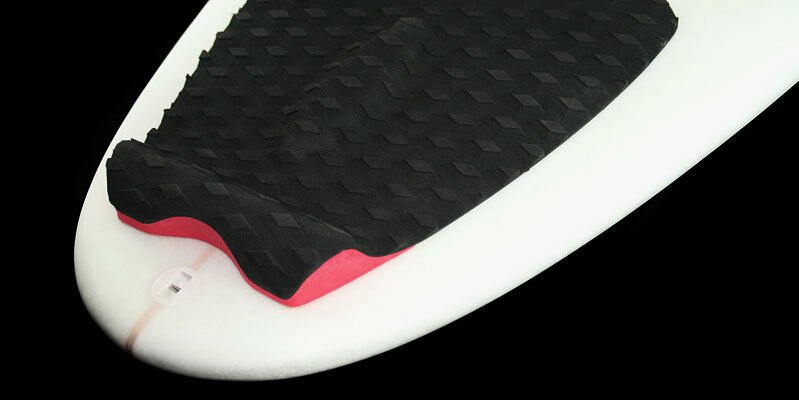Algae is proving to be pretty darn useful – in recent years, it’s been used to produce oxygen, purify wastewater, provide light and serve as a source of biofuel. Now, bioplastics firm Algix and clean tech company Effekt are making flexible foam out of the stuff, too.
The process starts with the harvesting of algae from waste streams in the US and Asia, using a mobile floating platform. In such settings, the overly-nutrient-rich waters often create algal blooms, which in turn cause the death of aquatic life such as fish. Therefore, no additional fertilizers are required to grow the algae, and removing it can actually help the local environment.

That harvested algae biomass is subsequently dewatered and dried, polymerized into pellets, then combined with other compounds to ultimately form a soft, pliable foam. Depending on the formulation and intended application, the algae makes up anywhere from 15 to 60 percent of the finished product, which is said to be similar in quality to traditional petroleum-derived foam.
The material will be marketed as Bloom foam, and production should begin early next year in the US and Asia. It could find use in products such as yoga mats, sporting goods and toys.
Source: Bloom





